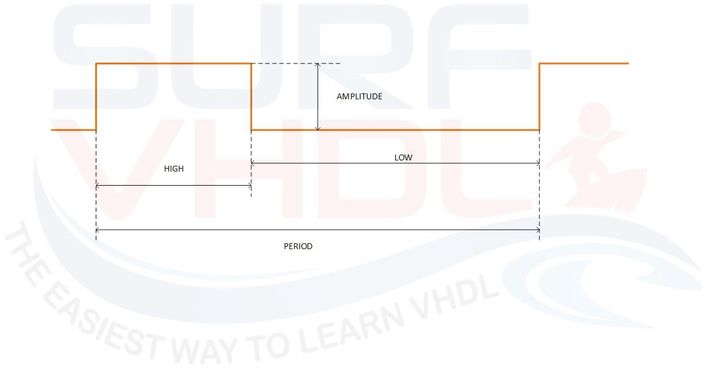
Measure Pulse Duration in FPGA Using VHDL
how to avoid the use of external instrument to measure the length of a pulse
As you know, the classical method to measure a pulse characteristic is to use an oscilloscope.
The oscilloscope can measure amplitude, width, frequency and many other pulse characteristics. Many times we do not have an oscilloscope or we don't have the possibility to reach the signal we want to measure...
How can we measure the pulse?
If we are using an FPGA, and we need to measure a pulse inside or incoming into the FPGA pin, the best method is to use the FPGA itself to measure the pulse length.
In this mini course, you will learn how to implement an efficient VHDL code to be used inside your FPGA design if you need to measure a length of a pulse.
In the last video you can watch a live demo of how the design works, using an Altera DE0 board.
The design is implemented in pure VHDL/RTL so it is completely portable in different FPGA tecnology.
Your Instructor

Surf-VHDL supports FPGA/ASIC junior and, why not, senior hardware designers in finding examples and useful hints for their VHDL designs.
My target is to enable you to “surf” the VHDL: I made the VHDL learning experience as simple as it can be.
I'm sharing with you everything that actually helped me in mastering the VHDL.
The website contains many examples, explaining “how to” prepare the most common VHDL constructs, together with one section listing the “common mistakes” in VHDL design.
I strongly believe in knowledge sharing as one of the most important means to improve this world.
I would very much appreciate your cooperation either by submitting your questions or by sharing the link to the website with your friends and colleagues
Enjoy the experience !
Francesco
